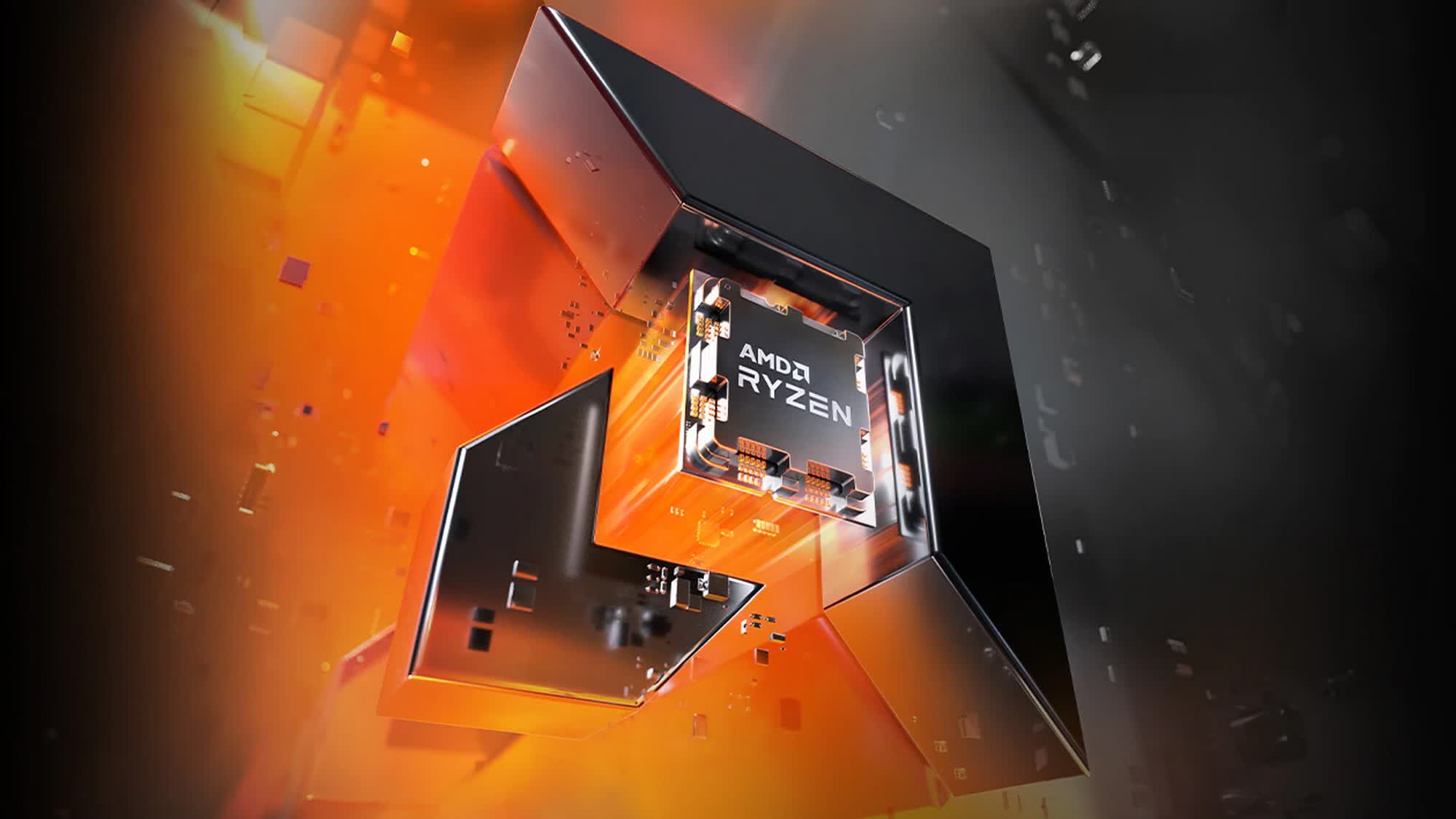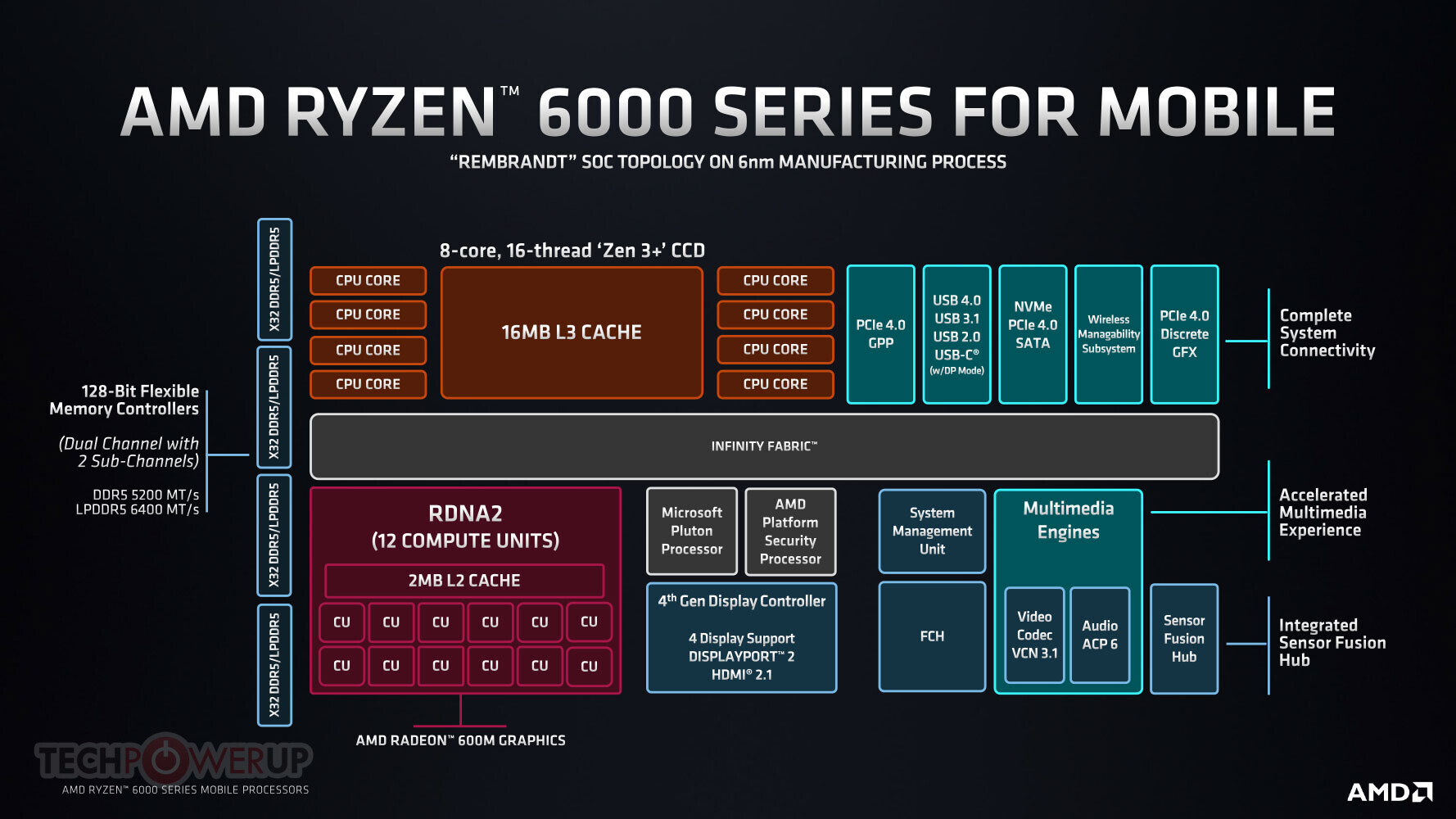What just happened? Benchmark results published by popular YouTube channel ETA Prime show that AMD's Ryzen 9 7940HS mobile APU can offer smooth 1080p gameplay in a slew of well-known games, including Counter-Strike: Global Offensive, GTA 5, Forza Horizon 5, Fortnite, Doom Eternal, and more. The testbed was the 2023 ASUS TUF A15 laptop, which comes with 32 GB of DDR5-5200 RAM overclocked to 5600MHz. It also had an RTX 4060 discrete graphics card, but it was disabled for the purpose of these tests.

The Ryzen 9 7940HS is the flagship SKU in AMD's Ryzen 7040 lineup. It comes with the RDNA 3-based Radeon 780M iGPU with 12 Compute Units, clocked at up to 2.8GHz. On the CPU side, it has 8 Zen 4 CPU cores, 16 threads, a 4GHz base clock, 5.2GHz boost clock, and 40MB of total cache. A stress test on Furmark showed that the 780M drew around 45W of power.
Coming to the benchmarks, the CPU (limited to 80W) racked up 11,453 points in 3DMark Time Spy, while the GPU scored 2,830. That's slightly higher than the 2,400 points notched up by the Radeon 680M, but a tad less than the 3,200 points scored by the Nvidia RTX 2050 mobile GPU. It also surpassed the Radeon 680M handsomely in 3DMark Fire Strike.
Getting to the gaming benchmarks, CS:GO running at 1080p High achieved a smooth 138 FPS average, and even hit 150+ occasionally. GTA 5 and Forza Horizon 5 with the same settings achieved an average of 81 and 86 FPS, respectively. As for Fortnite and Doom Eternal, they hit an average of 78 and 83 FPS, respectively, at 1080p Medium.
The video also revealed benchmark results for Horizon Zero Dawn, Call of Duty: Modern Warfare II, and Cyberpunk 2077. Starting with HZD, the 7040HS got an average of 69 FPS (1080p Favor Performance), while COD: MW II hit an average of 106 FPS at 1080p using the FSR 'Performance' mode. Finally, Cyberpunk 2077 ran at around 77 FPS at 1080p with a mix of low and medium settings.
The Asus TUF A15 laptop is expected to be one of the many notebooks to be launched with AMD's new Ryzen Mobile 7040 series CPUs. According to a recent report, the first set of laptops featuring the Ryzen 9 7840HS will hit retail shelves in North America in late April, while those with the 7840U is tipped to debut in early May.
https://www.techspot.com/news/98384-amd-ryzen-9-7940hs-apu-radeon-680m-igpu.html
